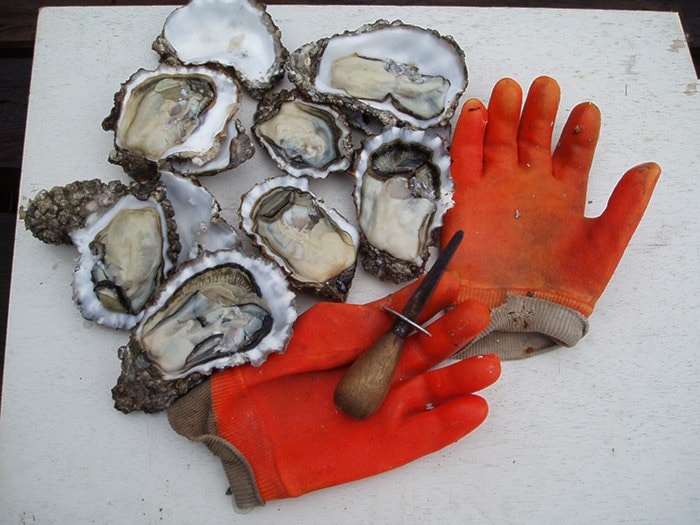I have recently read articles in two newspapers that gave reports of the loss of 10 million scallops to the commercial aquaculture operation of the Island Scallops near Qualicum in Area 14.
Now 10 million is a lot of scallops, one of my favourite sea foods. We know how many scallops died in this case because the seafood company gave us the figures of their loss. What the company was unable to do was give us the loss of wild scallops in Area 14 – it must also be in the millions, perhaps billions. Take this catalytic event and run it up and down the west coast of Canada and the United States and maybe we should start to pay attention to the growing acidification of our ocean caused by human-produced carbon dioxide.
“Human-caused carbon dioxide emissions in the atmosphere are being absorbed by the ocean and may have pushed local waters through a 'tipping point' of acidity beyond which shellfish cannot survive,' said Chris Harley a marine ecologist at the University of Victoria. (Times Colonist, Business Section Feb. 27, 2014).
Beyond scallops, another direct concern I have about shellfish and the waters of the Strait of Georgia, especially Area 14, is how long can we expect to harvest clams and oysters on local beaches? International research projects such as BIOACID (Biological Impacts of Ocean Acidification) and EPOCA (European Project on Ocean Acidification) have funded a huge number of experiments to understand the implications of a rising carbon dioxide in the oceans. Again and again they have found that shellfish such as oysters are vulnerable to increased ocean acidification caused by increased carbon dioxide from human sources.
Oysters and clams involve a group of creatures called calcifiers; which is a scientific way of explaining that they build their homes out of mineral calcium carbonate that forms the hard shells that protect their soft bodies. From a human perspective, calcification is bit like magic – where the shellfish combines seawater, calcium, and carbonate to build their shells. Ocean acidification increases the challenges of building shells and eventually the clams and oysters give up and cease to exist. It seems we have reached this point with scallops in Area 14 waters: how safe are our oysters and clams?
I have recently been put on the mailing list of the Pacific Institute for Climate (PICS) Solutions newsletter. Here are a few comments from the Feb. 27, 2014 newsletter:
“Human activities are adding more and more carbon dioxide to the atmosphere and about one in three carbon dioxide molecule of gas dissolves into the upper waters of the ocean. The dissolved carbon dioxide quickly combines with the sea water to form carbonic acid. Sea water normally has a pH of about 8.2 which qualifies as alkaline or slightly basic. The pH of upper seawater is falling everywhere due to increased human-produced carbon dioxide. This increasing acidification of the ocean is a serious side effect of burning fossil fuels. Around Qualicum Beach the pH now measures 7.3 which are much lower than normal. (Note: In measuring basic and acidic solutions the lower a pH number the more acidic the water becomes and conversely the higher the number the more basic the water becomes.) If you were to ask the oysters and clams I think they would prefer their ocean water with a slightly basic solution of 8.2.
Ken Denman, a senior scientist at the University of Victoria’s School of Earth and Ocean Sciences, pointed out that oyster growers in the Pacific Northwest have recently experienced losses due to increased acidification. The shellfish growers of B.C. and Washington know there is only one longterm solution to their growing crisis – we must find ways of reducing the human-induced production of carbon dioxide or they will be out of business. The event in Qualicum suggests to me that it may be sooner rather than later.
Pictured with this column is a photograph of some choice Baynes Sound oysters that we picked from a recreational oyster area. It is one thing to read about a business loss in a paper; but when we realize it happened in home waters of Area 14 it is scary.
I have no answer – just growing concerns.
International Reference: The Sixth Extinction – An Unnatural History by Elizabeth Kolbert; published by Henry Holt and Company, New York – 2014.
Ralph Shaw is a master fly fisherman who was awarded the Order of Canada in 1984 for his conservation efforts. In 20 years of writing a column in the Comox Valley Record it has won several awards.
